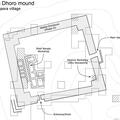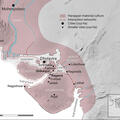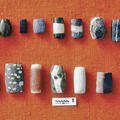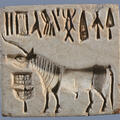Social change at the Harappan settlement of Gola Dhoro: a reading from animal bones
"A detailed analysis of the animal bone assemblage at Gola Dhoro here throws light on the expansion of the Indus civilisation into Gujarat. A square fort, imposed on a settlement of livestock herders in the later third millennium BC, was shown to have contained people who introduced a broader diet of meat and seafood, and new ways of preparing it. These social and dietary changes were coincident with a surge in craft and trade."




